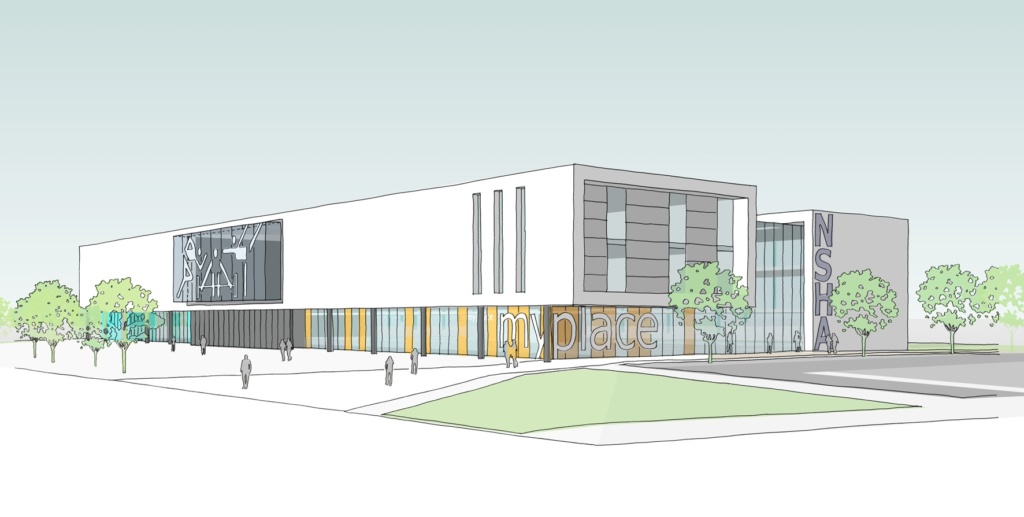The Building Schools for the Future (BSF) programme ambitiously set out in 2003 to ’ transform education’ through the replacement of every secondary school in the country by 2020 with learning environments which reflected the new ways of teaching.
The initial roll-out estimate of £45 billion quickly escalated to £55 billion and the completion date moved to 2023. By 2010, with only 8 per cent of the planned renewal started, the new government cancelled the programme amidst recriminations and controversy over profligacy, bureaucracy and lack of focus. But in the ensuing post-mortem, many of the positive aspects were overlooked. The James Review, whilst acknowledging the need for new schools, concluded that there was ‘little evidence that a school which goes beyond fit for purpose has the potential to drive educational transformation’.
This was a convenient justification for the new administration to cut budgets and ‘review’ space standards. Michael Gove reinforced the government’s priorities in his ‘no award-winning architecture here’ speech, fundamentally misunderstanding the issue. This is exactly what the sector needs: good design matched with intelligent, cost effective construction.
The Education Funding Agency (EFA) - set its stall out by publishing the Baseline Designs. These were a ‘deemed to satisfy’ set of templates which demonstrated that it was possible to design a fit for purpose school at a lower cost. Whilst important to prevent inadequate school designs, they set the bar at a low level in terms of ambition and quality.
What is a fit for purpose school? How do we recognise a good design?
In 2000 years, architects have failed to improve on Vitruvius’ definition of ‘Commodity, Firmness and Delight’ in his book ‘De Architectura’, ie: a building that is functional, well- built and feels good.
